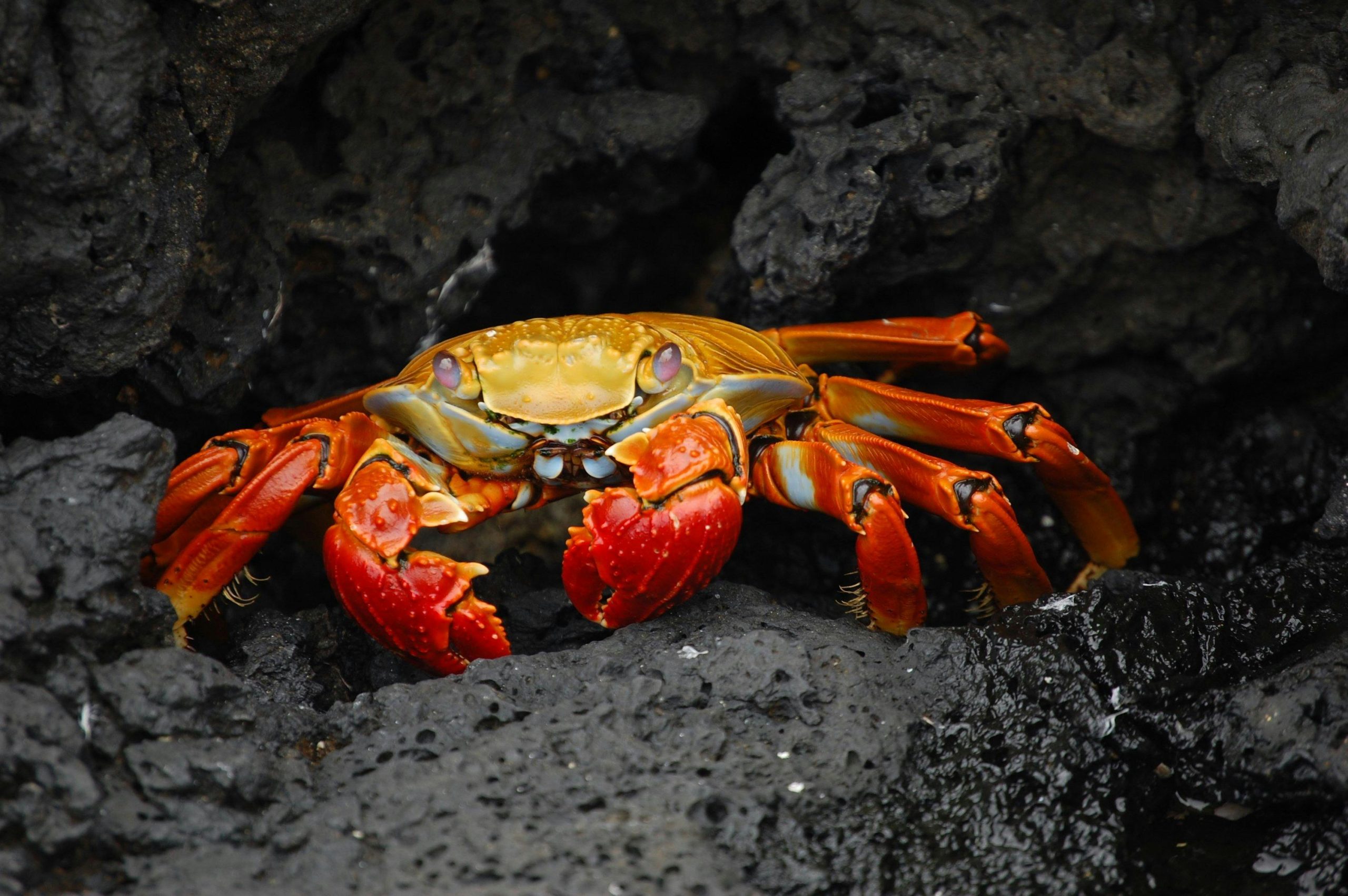The Galápagos Islands, located approximately 600 miles off the coast of Ecuador, are a living testament to the wonders of natural history and evolution. Known for their extraordinary biodiversity and unique ecosystems, the islands are a haven for wildlife enthusiasts, scientists, and travelers alike. Comprising 19 volcanic islands and numerous smaller islets, the Galápagos archipelago is famous for its isolated location and the role it played in inspiring Charles Darwin’s theory of natural selection.
A Natural Laboratory of Evolution
The Galápagos Islands are often referred to as an “evolutionary laboratory” due to the unique species that inhabit them and the opportunity they provide to study evolution in real-time. The islands have been isolated from mainland Ecuador for millions of years, which has allowed species to evolve in distinct ways, resulting in a collection of animals and plants found nowhere else on Earth.
Incredible Wildlife
One of the main draws of the Galápagos Islands is the wide range of endemic species that thrive in this remote environment. Visitors can witness animals and birds behaving in ways that are strikingly different from those on the mainland, often with little fear of humans due to the lack of natural predators on the islands.
- Giant Tortoises: The Galápagos giant tortoises are perhaps the most iconic animals of the archipelago. These slow-moving reptiles can live for over 100 years and are found on several islands within the archipelago. The tortoises have become a symbol of the islands’ ecological significance and are central to conservation efforts.
- Marine Iguanas: The marine iguana is another unique creature that calls the Galápagos home. These reptiles are the only ones in the world that are adapted to a life in the ocean, diving into the water to forage for algae and seaweed. They can often be seen basking on the rocks in the sun after their underwater excursions.
- Blue-footed Boobies: Famous for their striking blue feet, the blue-footed booby is one of the most recognizable bird species on the islands. These seabirds engage in elaborate courtship dances, where males show off their bright blue feet to attract mates. The islands are home to many other species of birds as well, including frigatebirds, flamingos, and Darwin’s finches.
- Sea Lions: The playful and curious Galápagos sea lions are a joy to observe. They can often be found lounging on the beaches or swimming in the surrounding waters. Their friendly nature and approachable demeanor make them a favorite among visitors.
- Galápagos Penguins: The Galápagos penguin is the only species of penguin that lives north of the equator. These small, flightless birds are well-adapted to the islands’ warm climate and are often seen swimming in the ocean or nesting on the volcanic shores.
- Flightless Cormorants: Another unique bird found in the Galápagos is the flightless cormorant, which has evolved to be unable to fly. Instead, it is an excellent swimmer, using its wings to propel itself underwater as it hunts for fish. The flightless cormorant is a remarkable example of evolutionary adaptation to island life.
Exploring the Islands
Each of the Galápagos Islands offers its own distinct landscapes and ecosystems, and exploring them is a once-in-a-lifetime opportunity to experience nature at its most untamed and beautiful. Visitors can explore the islands by boat, guided tours, or on foot, allowing for a variety of experiences.
- Snorkeling and Diving: The waters surrounding the Galápagos are rich in marine life, making snorkeling and diving some of the top activities for visitors. The clear waters offer the chance to see marine iguanas, sea lions, tropical fish, and even hammerhead sharks. Popular snorkeling spots include Devil’s Crown and Kicker Rock, where the water is teeming with vibrant marine life.
- Hiking: Many of the islands are best explored on foot, with a network of trails offering spectacular views of volcanic landscapes, coastal cliffs, and pristine beaches. Sierra Negra, an active volcano on Isabela Island, offers a challenging hike to its summit, where visitors can enjoy panoramic views of the islands and the surrounding ocean.
- Kayaking and Paddleboarding: For a more relaxed way to explore the coastline, visitors can kayak or try paddleboarding in the clear waters. This allows for close-up encounters with wildlife, including sea lions, penguins, and marine iguanas as you glide across the water.
- Island Hopping: A favorite way to explore the Galápagos Islands is by hopping from one island to another. Each island has its own charm, from the famous wildlife of Santa Cruz and San Cristóbal to the volcanic landscapes of Fernandina and Isabela. Tours and cruises are available to guide visitors to multiple islands, offering a deeper understanding of the diversity found throughout the archipelago.
- Lava Tubes and Caves: The volcanic origins of the Galápagos are evident in its dramatic landscapes, including lava tubes and caves. Some of the islands, like Santa Cruz, feature fascinating underground tunnels and caves formed by flowing lava, which visitors can explore for a glimpse into the island’s geological history.
- Research Stations: The Charles Darwin Research Station on Santa Cruz Island is a hub of scientific research and conservation efforts. Visitors can learn about ongoing projects to protect the islands’ unique wildlife, such as tortoise breeding programs and efforts to eradicate invasive species. The station also provides a wealth of information about the history of the islands and the scientific work inspired by Darwin’s studies.
Best Time to Visit
The Galápagos Islands are a year-round destination, with each season offering different experiences:
- Warm Season (December to May): This is considered the best time for snorkeling and diving, as the water is warmer and calmer. It’s also when the islands experience their most vibrant wildlife activity, as many species breed during this period.
- Cool Season (June to November): While the water may be cooler and rougher, this period is ideal for wildlife enthusiasts. The cooler waters bring nutrient-rich currents that attract a variety of marine life, including whales and dolphins. Birdwatching is also fantastic during these months, as many seabirds, such as blue-footed boobies and frigatebirds, are nesting.
Conservation Efforts
The Galápagos Islands are a UNESCO World Heritage Site and are protected by both the Ecuadorian government and international conservation organizations. Efforts to conserve the unique ecosystems of the islands are ongoing, including the management of invasive species, the protection of native wildlife, and the sustainable development of tourism. Visitors are encouraged to follow all guidelines to minimize their impact on the environment and preserve the islands for future generations.
How to Get There
The Galápagos Islands can be accessed by flight from Quito or Guayaquil, Ecuador, to one of the two main airports: Baltra Island (GPS) or San Cristóbal Island (SCY). From there, visitors can take boats or local flights to explore the various islands.
Travel Tips
- Book in advance: Due to the popularity of the islands, it’s a good idea to book accommodations, tours, and cruises well in advance.
- Respect wildlife: Keep a safe distance from animals and avoid touching or feeding them. The islands’ species are not accustomed to human presence, and it is important to be respectful of their space.
- Packing: Bring lightweight clothing, sunscreen, and a hat to protect yourself from the sun. For outdoor activities, wear comfortable shoes and bring swimwear and waterproof bags for snorkeling trips.
A Journey Through Time
Visiting the Galápagos Islands is a chance to witness a place where nature has been left to evolve and thrive in ways that are simply not possible anywhere else on Earth. Whether it’s observing the wildlife, hiking through volcanic landscapes, or learning about conservation efforts, the islands offer a truly unique and unforgettable experience. For those interested in ecology, evolution, and the natural world, the Galápagos are an essential destination that offers a rare opportunity to explore an ecosystem that has shaped our understanding of life itself.

